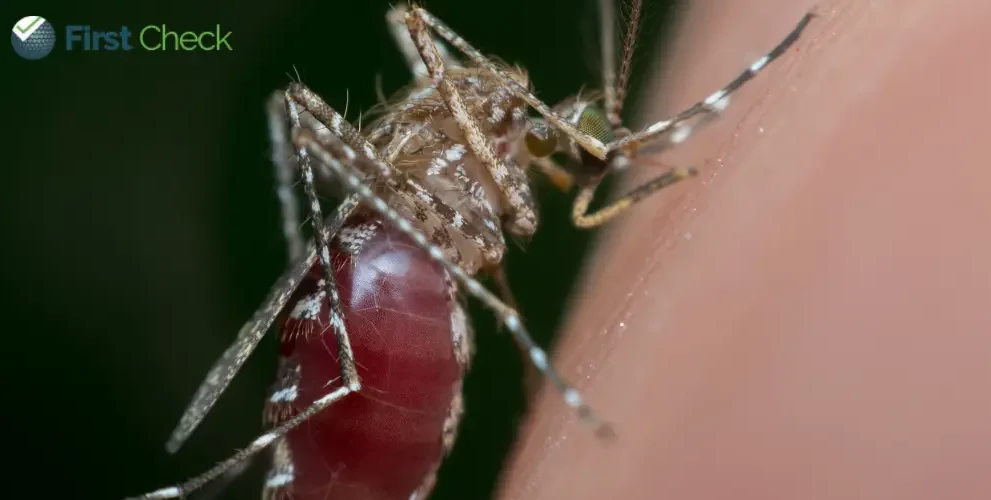Most infections are asymptomatic, while some manifest as moderate fever, or severe fever. No vaccine against WNV is available yet for humans.
As cases of West Nile Virus (WNV) rise in the Indian state of Kerala, neighbouring regions are on high alert. While the situation is still evolving and could cause a public health concern, there’s no reason to panic. Here’s everything you need to know about the fever outbreak:
The origin story
WNV gets its name from the West Nile district of Uganda, where the virus was first isolated, in 1937. It infects humans following the bite of the female mosquito of the culex species (the house mosquito). Horses and other mammals can also be infected.
Wild birds, the optimal hosts for harbouring WNV, first got infected by direct contact with the virus. Over time, the virus infected the female culex mosquito via blood meals that they acquired on biting the infected birds. The virus then spread to other birds, and thus, the mosquito-bird-mosquito virus cycle got amplified and has sustained over many decades. Researchers attribute the rapid spread of the virus worldwide to climate change.
Warning signs
The incubation period of the virus is three days to two weeks. Therefore, the symptoms, if any, will appear only after this interim. Most infections are asymptomatic, while some manifest as moderate fever, or severe fever.
Those developing mild fever may also experience headache, exhaustion, nausea, occasionally a skin rash, and swollen lymph glands. In cases where the manifestation of the virus is severe, the infected person may experience high fever, headache, neck stiffness, and muscle weakness. WNV can cause serious illness, and, in some cases, death.
Diagnosis and treatment
WNV can be diagnosed by a number of tests, such as neutralisation assays, and virus isolation by cell culture, to name some. However, the most common diagnostic method deployed is the IgM-capture enzyme-linked immunosorbent assay (ELISA). The WNV-specific IgM is detectable in the serum and cerebrospinal fluid with onset of the disease.
Depending on the severity of the condition, the treatment may entail hospitalisation, administering of intravenous fluids, providing respiratory support, and treatment to prevent the contracting of secondary infections. No vaccine against WNV is available yet for humans.
Adopting community measures such as management of water bodies and waste disposal sites is an effective way to prevent the spread of the infection. Vector control, involving measures to curb the breeding of mosquitos, is also crucial.
Read More: BIMLI: 5 key learnings in fighting health misinformation


